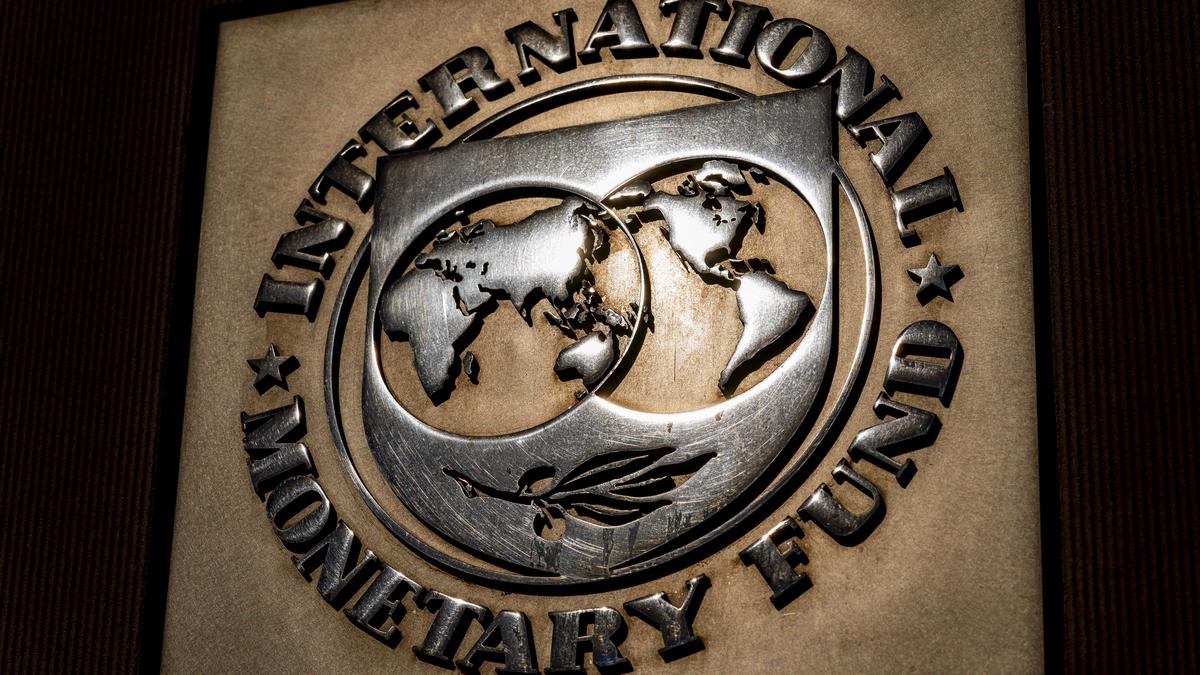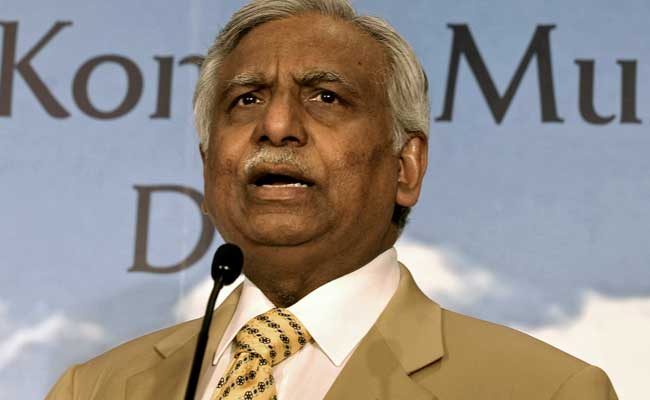The story so far: The Insurance Regulatory and Development Authority of India (IRDAI) on June 12 introduced provisions that would guarantee a better exit payout for life insurance policy holders unwilling or unable to continue paying for their insurance. Providing higher ‘surrender value,’ or the exit payout, was also discussed in a consultation paper floated in December last year. At present, policyholders receive less or no payout if they discontinue paying premiums. The regulator has sought that, while determining the surrender value, insurers must also establish “reasonableness and value for money” for both exiting and continuing policyholders.
What is ‘surrender value’?
In insurance, surrender value is the amount that a policyholder is liable to receive when s/he decides to terminate their policy before the maturity date. Insurers deduct a certain amount as ‘surrender charges’ based on the terms set out in the plan.
Important to note, notwithstanding whether or not a policy is discontinued, the policyholder is still liable to receive the earnings, savings and other associated benefits accrued from the tenure of his association with the policy. However, the surrender charge levied by the insurer takes away a portion of the payout. These charges constitute a portion of the cash value, or the premiums paid. They are primarily used as potentially disincentivising tools to discourage policyholders from premature exits, as well as compensate (insurers) for the administrative expenses and potential losses because of no further premiums.
Surrender value is of two kinds, that is, guaranteed surrender value (GSV) and special surrender value (SSV). As the name suggests, GSV is the minimum amount that the insurer would have to pay to the discontinuing policy holder. Its computation excludes bonuses that the holder would be eligible for at maturity. SSV, on the other hand, is the essential metric that takes into account the paid-up capital, eligible bonuses and other material benefits at the time of surrender to the terms set out in the policy document.
How is SSV calculated?
Essential to note, if the holder stops paying premiums after a certain period, the policy continues to exist albeit with a lower sum assured. This is referred to as paid-up value.
SSV is computed as the sum of the accrued bonuses and paid-up value multiplied by the surrender value factor. Let’s say a policyholder pays a premium of Rs 20,000 each year for a 25-year policy which assures a sum of Rs 5 lakh. It so happens that the holder stops paying premium after 5 years because of financial constraints. Currently, s/he has accumulated bonuses totalling Rs 75,000. Now, at the 5th year, the surrender value factor is 30%. Thus, the special surrender value would be calculated as (30/100) *(5,00,000*5/25 + 75,000). Thus, the SSV comes to Rs 52,500. For clarity about the computation, the product of the sum assured (Rs 5 lakhs) and the premiums paid to the total (5/25) is the paid-up capital.
So, what has IRDAI revised?
The most important of the provisions is that insurers will now be liable to pay the special surrender value if the exit takes place after completing one year. No exit payouts were given until now in the first year. This provision can be utilised if the policyholder has already paid the premium for the first year. The same applies for policies with a payment tenure of less than 5 years and single premium policies.
Additionally, IRDAI has specified that SSV must be at least equal to the expected present value of future benefits (accruing from the paid-up capital), paid-up sum assured on all contingencies and accrued or vested benefits provided in the policy (such as survival benefits).
What else?
IRDAI has also mandated that insurers institute mechanisms to improve consistency across all durations of policy. The idea is to enhance long term benefits to policyholders and for insurers to improve persistency (percentage of business retained without lapsing or being surrendered). More importantly however, insurers have also been instructed to establish measures averting incidences of mis-selling as well as misleading sales – leading to surrender or lapses, which further paves the way for grievances and financial loss to the customer. It endeavours to tackle customers opting for unsuitable policies, in turn, potentially paying higher surrender charges to exit them. IRDAI’s Annual Report for the fiscal year 2022-23 (published in December 2023), had observed a 1.5% increase in unfair business practice grievances from customers on a year-over-year basis at 26,107. The major chunk of it belonged to private players at 23,129 – 4.15% increase over the previous year. Unfair business practices accounted for more than half of the grievances accruing from the private sector insurers. On the other hand, public sectors insurers recorded an approximately 14% fall in unfair business practice grievances at 2,978.
To further safeguard the ecosystem, the insurance regulator has said that insurers may offer higher guaranteed surrender values than those specified in the existing regulations. These may vary as per premium size, payment terms, policy terms and duration elapsed at the time of surrender, among other factors.
What does IRDAI seek to achieve?
With the stated moves, IRDAI is instituting both a safeguard and a mechanism to avert mis-selling. The revision in surrender value further safeguards the customer if lapses still occur. The insurance regulator, in its annual report, had asked insurers to identify the major causes of such events. It suggested measures such as ascertaining the suitability of the product, placing control on various channels (based on their vulnerability) and having a strategy to deal with mis-selling complaints.
However, the business aspect of it might not be particularly enthusing. Policy exits in itself is not an enthusing development for investors. An increased exit payout is further bad news.
A Jefferies note (from December 2023, when the consultation paper was floated), had observed, pointing to the proposed notion about ‘threshold’ surrender charges, that it may raise surrender value, thus, inversely trimming fees for insurers. The note held that should surrender charges be reduced, insurers could be expected to pass the burden down to the ecosystem, cut down on operational expenditure and tweak products. “Surrender charges for non-unit linked insurance plans (non-Ulips) are higher than that for Ulips, which allows them to incur higher distribution costs and aids profitability,” it noted. It further added that on the flip side, this would impact the ability of insurers to penetrate Tier I and II cities where they are required to invest in new branches, staff and agency build-up.
The life insurance market has recorded a “consistent premium growth” over the years, as per the IRDAI annual report. In 2022-23, the industry recorded a premium income of Rs 7.83 lakh crore – approximately 13% growth YoY. The private sector’s premium grew 16.3% while that of public sector insurers grew 10.9%.













